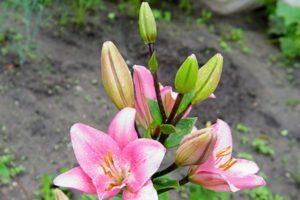Description and characteristics of a snow-white lily, planting and care in the open field
Among all garden flowers, lilies are especially popular among summer residents, despite the difficult growing and care process. And although over the past decades, thanks to the labors of breeders, many varieties of this flower with various bud shapes and colors have appeared, the snow-white lily is still at the top of the ranking. During the flowering period, it is impossible to take your eyes off the plants, but planting and care require certain knowledge from the grower.
Description and characteristics of the white lily candidum
The snow-white lily is also called candidum, but this is not an entirely accurate definition. Candidium varieties bred in recent years are not necessarily white. This group includes two varieties - snow-white lily and candidum hybrids. The snow-white lily is a spectacular and beautiful plant that stretches up to 120 cm in height. The culture has spotted stems and lanceolate leaves. On each peduncle of a snow-white lily, up to 20 buds are formed, they are slightly drooping and have a funnel-shaped shape.
After the end of the flowering period, all leaf platinum dies, however, at the beginning of autumn a new bunch of leaves appears from the ground, which is not characterized by winter hardiness, therefore, in the northern regions it is necessarily sheltered from frost. The bulbs of the plant are colored yellow-white.
Main advantages and disadvantages
Before planting a plant in a garden, they get acquainted with its strengths and weaknesses in order to avoid mistakes in the growing process. The benefits of the snow-white variety include:
- Huge selection of varieties.
- Long-lasting and pleasant aroma.
- Effective appearance of flowers.
Of the shortcomings, gardeners note:
- The need for shelter for the winter.
- Make high demands on lighting and landing site.
- They need insulation in regions with cold winters.
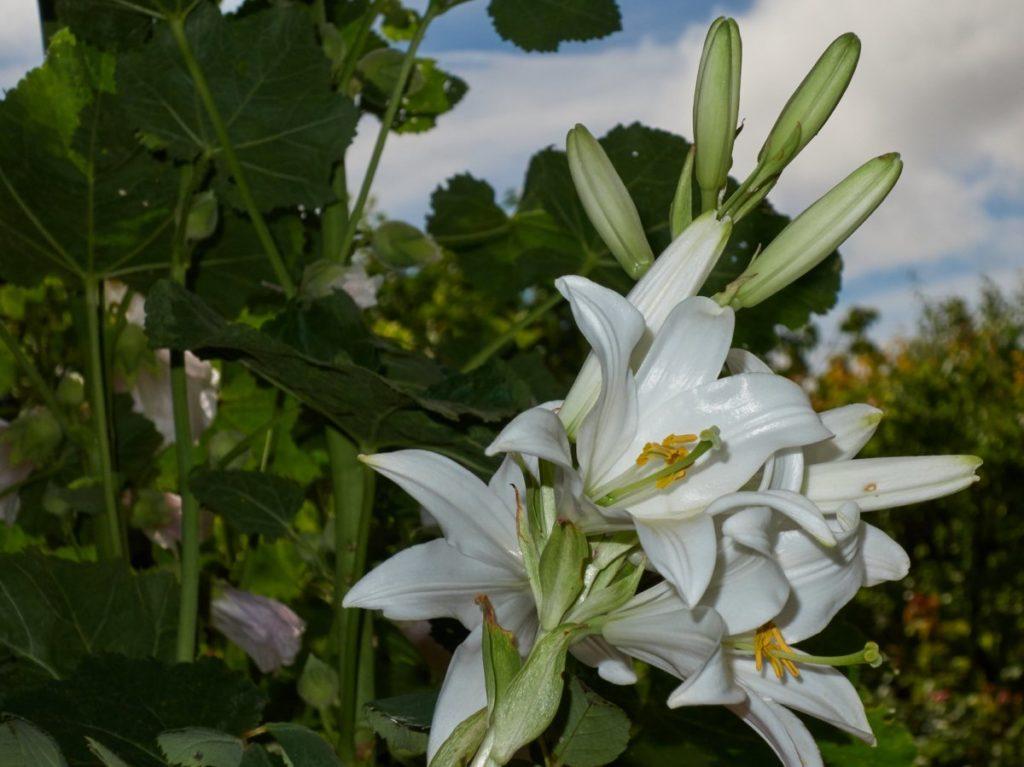
The specifics of growing lilies
Before planting the snow-white lily bulbs in the garden, it must be correctly selected and prepared. This guarantees the health of the plant and its abundant flowering.
Landing dates
The best time to plant a snow-white lily, according to gardeners, will be the period from the third decade of August to the first decade of September, when the plants are at rest. The same time is recommended for replanting flowers to a new location. As soon as evergreen leaves appear from the ground, you can no longer touch the plants.
Seat selection
Candida has increased requirements for this parameter. In regions where winters are cold, be sure to select a site with good lighting during the day. Unlike other varieties of lilies, the snow-white beauty reacts very negatively to the lack of sunlight and may die.

Soil for growing an ornamental plant is preferable to alkaline. It is important to provide the culture with good drainage, as the lily is very sensitive to the slightest stagnation of water. Therefore, some gardeners recommend planting Candida at a low elevation. If there is heavy clay soil on the site, prepare it before planting the bulbs. For this, sand is added to improve water permeability and compost for soil nutrition. Also, it will not be superfluous to do preventive treatment using a weak solution of potassium permanganate or wood ash.
Important! This type of lily categorically does not tolerate fresh manure and any fresh organic fertilizing.
Before planting the bulbs, the soil in the chosen place must be dug deeply and the roots of weeds are removed.
Preparation of planting material
When buying a flower, pay attention to whether the bulbs have sub-root roots. If the specimens are lethargic, dry, or have any damage, you should refuse to purchase them. In this case, the plant will spend 2-3 years only for rooting, and will not bloom and develop quickly. Before planting, the bulbs are treated with a weak manganese solution to prevent the occurrence of fungal diseases.
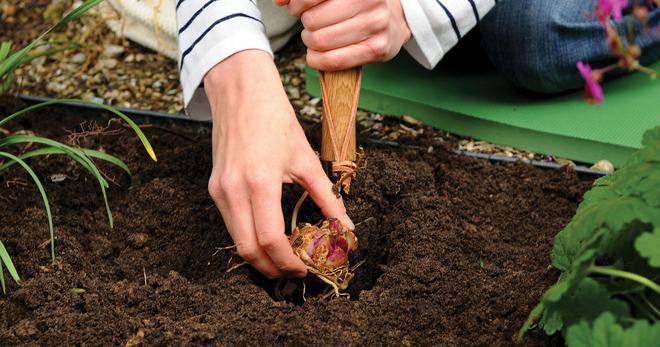
Planting process
The most important condition for planting a lily in a flower garden is the correct depth. From the top of the bulb to the soil level, no more than 2-3 cm should remain.The distance between the specimens is 15 cm.
The step-by-step planting process looks like this:
- Pour a small amount of wood ash and river sand at the bottom of the holes.
- Spread the lily roots, and place the bulb itself on a mound of sand.
- Sprinkle 1/3 first with sand and only then with soil.
It is important to remember that the soil after planting a snow-white lily cannot be tamped, it is simply poured as it subsides. If the weather is hot and dry during the planting period, young specimens are watered in the first 2-3 weeks for full rooting.
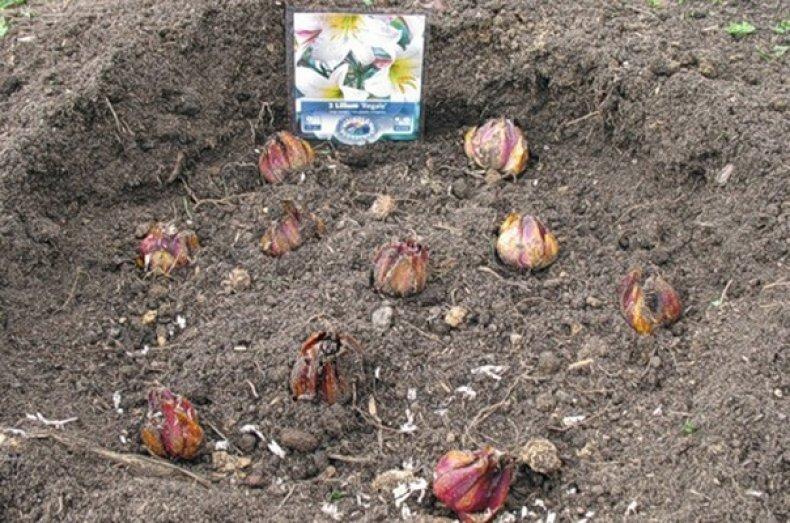
How to properly care for a plant
Outdoor care for a snow-white lily has its own characteristics, on which the longevity and abundant color of the plant depend. Basically, the list of agrotechnical measures includes standard culture procedures.
Watering
Snow-white beauties do not need frequent hydration. Watering is carried out mainly during the period of flowering and growing peduncles, regularly, but trying not to flood the plants. In other periods of the growing season, natural precipitation is sufficient for the plant.
Humidity
Spraying the lilies is not necessary. They carefully monitor the moisture content of the soil; excess liquid often causes rotting of the bulbs and the spread of fungal diseases.
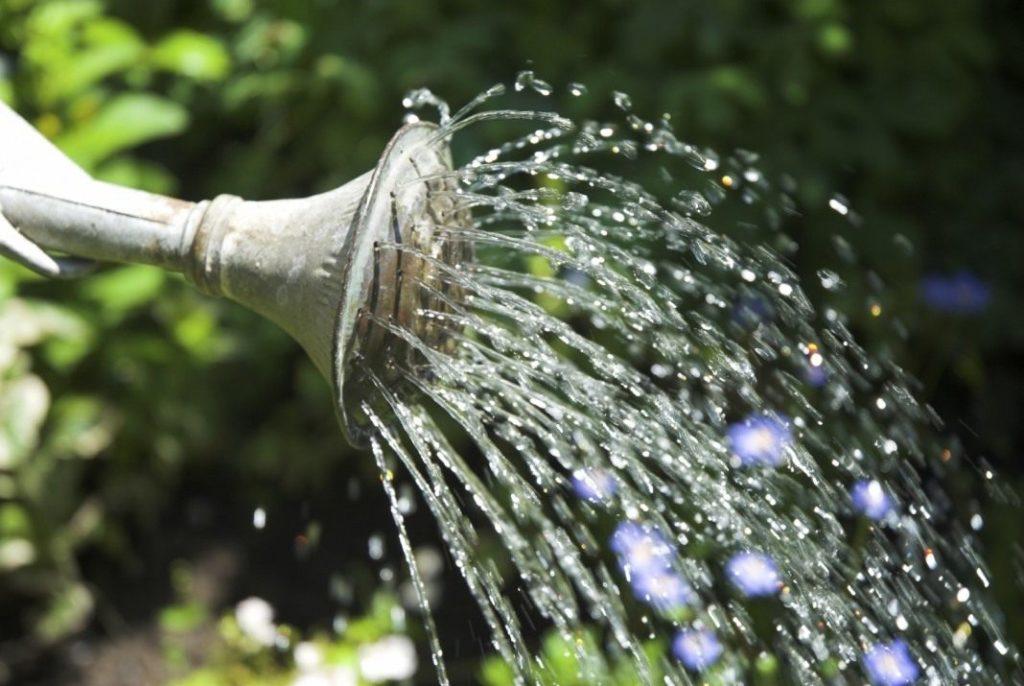
Lighting
The snow-white beauty has a special love for the sun's rays. If the area where the lily grows is poorly lit, there is no need to wait for large buds and tall peduncles. Therefore, this moment is taken into account even at the stage of selecting a site for candidates.
Top dressing
Immediately after planting, Candida does not need fertilization. Plants begin to feed from the third year of development. This is done twice during the growing season - at the very beginning of growth and at the time of bud formation, using a complete mineral fertilizer or purchasing special fertilizers for bulbous plants in a gardening store.
Preparing for winter
For the period of cold weather, the snow-white beauty must be insulated, especially if the flowers are grown in regions with harsh winters. In cases where the bulbs wake up too early, they are covered with a non-woven fabric to protect them from recurrent spring frosts.
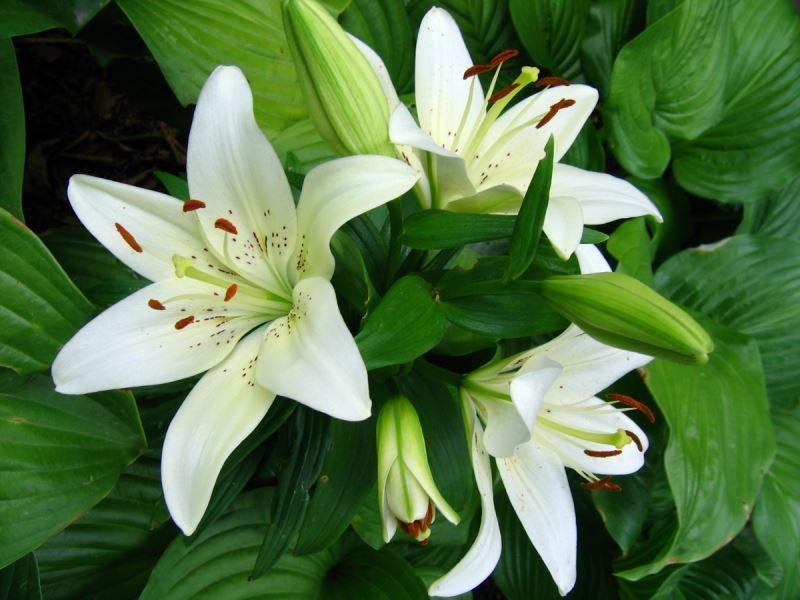
Lily diseases and pests
The main diseases that affect the snow-white lily are fungal pathologies. Powdery mildew is most common in bad weather and poor care. Experienced gardeners recommend prophylaxis with biological products and fungicides twice a season - at the stage of active growth and repeated in August if the weather is wet. Bordeaux liquid is also used for processing. Rodents love to eat bulbs of snow-white lilies. Traps or plants with a repellent odor are planted to prevent damage.
Flower propagation
It is extremely difficult to get seeds of hybrids, therefore, the main methods of breeding snow-white lilies in the garden area remain vegetative. In one season, several children are formed on each bulb. At the time of transplantation, they are separated from the mother plant and planted in separate beds.
Candidium can also be propagated by scales. The largest ones are selected and sent to a plastic bag with nutritious soil mixture. When the roots appear, they are planted in open ground and for the first time they organize a cover, not forgetting to periodically remove it for airing and watering.
Use in landscape design
Since the snow-white lily is a tall plant, it is planted in the background of flower arrangements. Candidums look spectacular against the background of trees with dark green foliage.
Due to its snow-white color, this lily is combined with almost any other shades of flowers. Purple lavender, red and scarlet roses, and blue delphinium are considered classic companions for candidums. Blue perennials look original in a composition with snow-white lilies.
